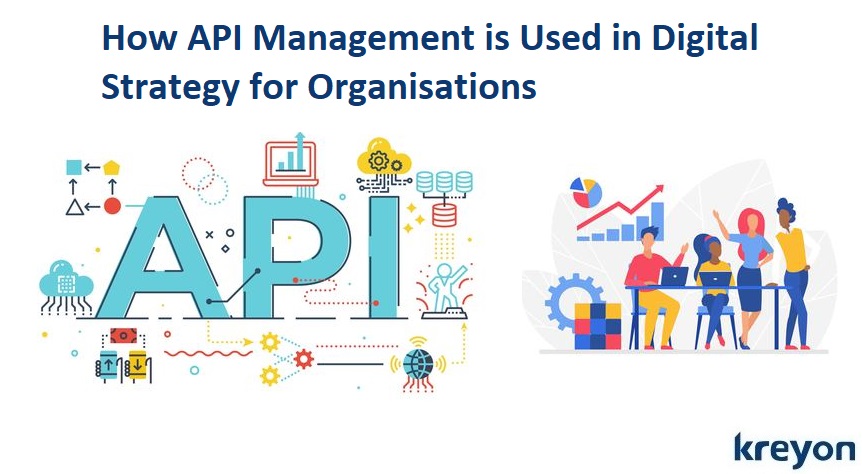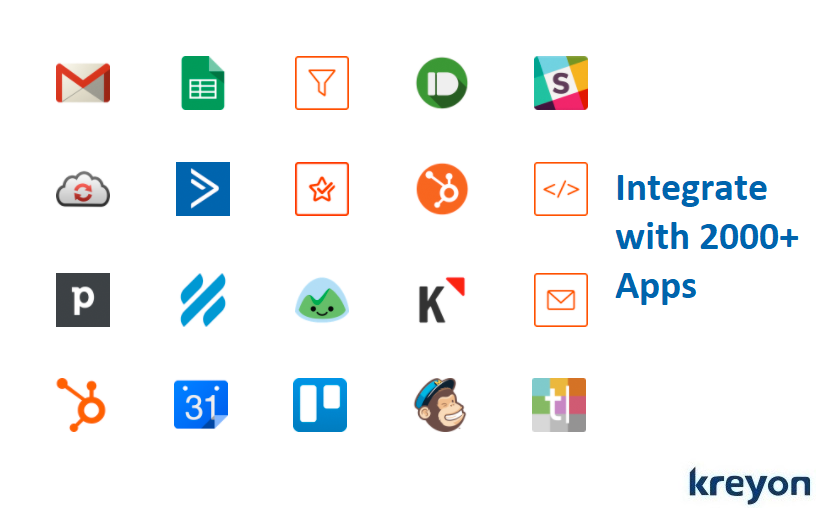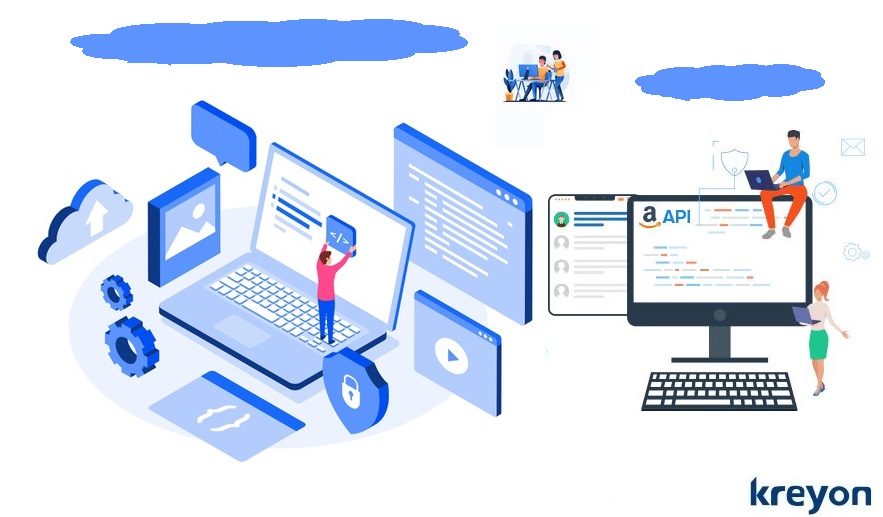API Management: How API Management is Used in Digital Strategy for Organisations

APIs have existed since the 1940s. The APIs are used in software programming, libraries, operating systems & hardware. APIs are simply the interfaces that allow interactions between software applications or hardware & software applications. API management is the process by which organisations can control, enforce and analyse their usage of web APIs. API management is gaining prominence due to increased use of web, shared information across applications and users today.
While standalone and on premise applications also use APIs, the extensive use to integrate different functional applications has graduated to another level with ubiquitous cloud data. BMC reports on an average, companies with upto 50 employees, use between 25 to 50 SaaS solutions. Organisations with 250+ employees, use a staggering 100+ SaaS solutions, on average.
Organisations are leveraging APIs as part of their digital strategy to make applications seamless, accessible and improve interoperability. API management can help companies devise a meticulous approach for dealing with data, information security and design applications for solving end user pain points diligently. Here’s a look at how API management can contribute to an effective digital strategy:
1. Use Cases & Driving Factors

The API management revolves around business use cases and priorities of the organisations. The digital strategy needs to be in line with the business objectives and goals. The digital strategy and business goals are used as a benchmark for building APIs, sharing and making them accessible to different client applications. Some of the pertinent questions for managing APIs are as follows:
What are the business priorities and goals for your organisation?
What are the key initiatives and users?
Who are the beneficiaries?
How do you define success for your digital strategy?
What are the caveats? What risks are involved and how you can mitigate them?
2. API Policy
The API management involves defining API policy and release management. Typically, web APIs are used for integration across applications and it may involve using & sharing APIs with third parties too. The APIs can be classified and released as:
i) Private:
The APIs could be used only within the organisation and internal applications. No third party application or company will have access to these APIs.
ii) Partner:
These are the APIs reserved for the partner businesses & applications. These are restricted for common users, but could be availed through exclusive memberships or payments. The Google APIs provides subscription based services for Google Maps for its partners. These APIs provides routes, directions and information at a premium price for partners like Uber.
iii) Public
The public APIs are available for all users. The Google map requests for mobile apps is available for public use. Apple also provides its APIs for programmers. The payments apps like Venmo, Stripe, Visa provide APIs for applications to receive and make payments.
3. Consumers & End Applications

The APIs are typically created for application integrations, there are applications that consume APIs. The clients that consume APIs could be internal to the organisation or third party. However, the end user scenarios and requirements of the consumer applications must be met with APIs.
The APIs can be managed according to the services provided to the consumer application and diverse use cases. API management may involve building connected platforms, structuring information assets for reuse and plan adaptive integration.
4. Next Generation Devices
While organisations have been building APIs for different client applications and mobile devices, there are new objects getting connected to the internet everyday. These objects and devices will be leveraging APIs. For e.g. Alexa, Google Home, and smart watches are some of the devices that will use the APIs. These devices are part of the ecosystem today and connect with users in novel ways.
The APIs are very much part and parcel of building an internet of things infrastructure. Whether it is your IP cameras, microphones, servers or applications, APIs can leverage two way communication with them. The APIs are powering the digital strategy for the next generation devices and connectivity.
5. Security & Access Management
 When everything is interconnected, there are endless endpoints using data and many of them are at a risk of being exposed to malicious users on the web. The API management involves securing access to the data with authentication, authorisation and best practices for security management.
When everything is interconnected, there are endless endpoints using data and many of them are at a risk of being exposed to malicious users on the web. The API management involves securing access to the data with authentication, authorisation and best practices for security management.
The information security from malicious users and third party apps is the prerogative of the API management. It must guard against rogue applications & users to circumvent any security issues. The API management may also involve a policy check for identity checks on connected devices and applications.
6. Scalable Microservices
SaaS applications are typically built for scale and reaching out to a massive number of users. The architecture of the application plays a huge role in scalability. The microservices are architectural components that separate parts of an application into small and self containing services. These services can be called with the APIs and can be used for serving a large number of requests. An API can also involve calling one or more microservices to provide data to the client request.
Microservices are lightweight and deployable services that can be used for building individual parts of the application, it creates a base for building scalable web apps. The APIs and microservices are quintessential in creating performance driven applications on the web.
7. API Usage Metrics

The modern day enterprises rely heavily on APIs for their day to day work. In most cases, the companies consume more APIs than it provides. The detailed API usage metrics can break down the usage of external APIs, data and third party details. This API catalogue can also enlist all vendors, clients and partners for organisation’s APIs. The data footprint and users etc can also be tracked.
The API usage monitoring can help companies to plan building more robust and secured platforms. Any anomalous uses of data etc. can be mitigated and reported proactively to the senior management. The API policy can also disable third party applications and clients that breach the rules for consumption limits etc.
8. Development Friendly
APIs make the management of applications easier and development friendly. With the plethora of applications and use cases, businesses are looking to experiment quickly and build novel capabilities all the time. All companies are looking to augment their digital strategies with new tools and apps to make their business consumer friendly.
The API management can make applications decentralised and makes team work independently. With a microservices based architecture, it helps organisations to build separate services without affecting other teams. This loosely coupled architecture can help companies to have small teams to build services for clients. For e.g. an ecommerce company can have a separate recommendations microservice, this microservice may be deployed independently and doesn’t affect other components of the main application.
API management will be integral to how companies manage their data and provide access to other applications in an interoperable world. API management can make businesses more agile, adaptive and drive operations with interdependent applications.
